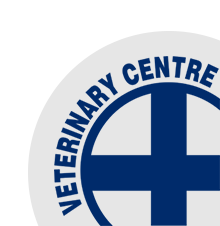Staph aureus screening
/At the risk of putting the commentators curse on you all, it does seem that many of your pregnancy rates are likely to be better than last year. If this turns out to be correct there will be the opportunity to make some “voluntary culling decisions” this season. If improving mastitis control in your herd is a priority then consider at your last herd test doing a Staph aureus screening test. This test is done on the individual milk samples already collected at herd testing. You can either provide a list of cows you would like screened or even easier provide a list of criteria that decides which cows to screen. For example you could request only 3rd lactation or older cows with a SCC greater than 250 are screened less any cows recorded as empty. Obviously the last SCC won’t be through until after the samples have been processed so if this is something you are likely to consider doing please ring us so we can put a hold on your samples at the lab so they don’t get discarded i.e. let us know so we can warn LIC that based on the last herd test results some of the samples will be required for a Staph screen.






